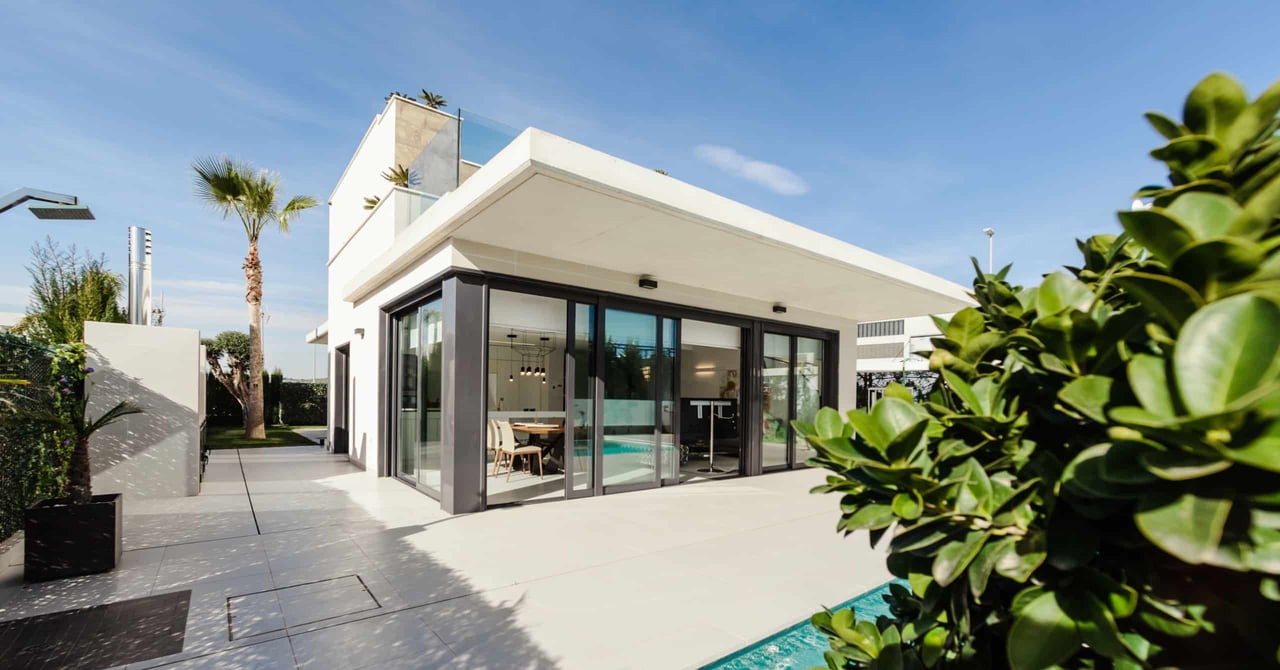What You Should Know Before Building An ADU
michelle September 16, 2020

michelle September 16, 2020

As social distancing measures continue, many American homeowners are looking to turn their homes into more robust financial assets. Adding rooftop solar panels, which we covered last week, is just one possibility.
Another way of creating income from your property is by building an accessory dwelling unit (ADU).
However, the state of California and local authorities carefully regulate ADUs. So in order to build one and create steady rental income, there are several things to keep in mind.
In order to build a legal ADU on your property, you’ll need to attain a permit from your local government. Requirements and processes depend on your city’s regulations, but getting a permit usually requires a lot of paperwork and up-front costs. For example, in San Francisco, new ADU permits require submission of over 10 forms with your building plans as well as a permit application fee. The fee amount is equal to 6-9% of your construction costs, of which 50% is paid up front. For further information on the process for San Francisco homeowners, check out the city’s website.
Statewide rules for ADUs change often. While ADU-friendly legislation was introduced in California in 2017, this year the rules have made it even easier to create additional housing supply. These changes govern size, minimum setbacks, owner occupancy requirements, fees, and other aspects of construction. See this blog post as well as the state’s Department of Housing and Community Development website for more information.
Unless you are building your ADU as either a separate residence for family members or additional living space, you will need to market your unit to attract renters. There are many effective tactics for marketing the unit to potential renters, but you should start with a plan. Fortunately, this is something we are happy to assist our clients with.
"*" indicates required fields
Stay up to date on the latest real estate trends.
You’ve got questions and we can’t wait to answer them.